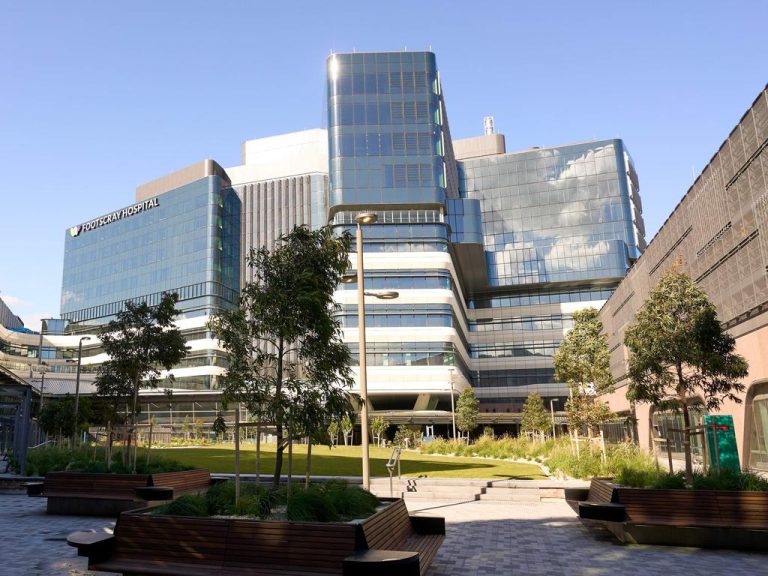Commercial property bosses reject RBA doomsayers

Senior property executives have rejected the Reserve Bank’s warning that Australia’s commercial property values may be unsustainable and at risk of a correction if Chinese investment was to fall away.
The RBA’s semi-annual financial stability review, released on Friday, highlights both the risks from the apartment market building boom and its reliance on Chinese investment, and the continued tightening of commercial property yields.
“There are some questions over their sustainability (yields) at these levels once global interest rates normalise,” the bank notes.
Dexus Group chief executive Darren Steinberg says many global investors expect low interest rates will be maintained for at least three years, and meanwhile Australia is increasingly attractive from a global investment perspective.
“We forecast a 12 to 15 basis point tightening (of yields) across the market. However, we could be surprised and there could be more, based on the continued demand we’re seeing,” Steinberg says.

Perth’s office market currently has almost 25% vacancy.
QIC Global Real Estate managing director Steven Leigh also expects yields for sought-after commercial property to remain tight.
“This is the new normal,” Leigh says.
The RBA also flagged concerns over the resource-dependent states, noting office vacancy rates “remain very high as further supply continues to come on line”.
In Perth, a quarter — 24.5% — of the city’s CBD office tower space is empty, while Brisbane recorded a vacancy high of 18.2%, according to JLL.
There are some questions over their sustainability (yields) at these levels once global interest rates normalise
JLL chief executive Stephen Conry says major investors have factored in peak vacancy rates and are well aware of conditions in the resources states and, conversely, the strong tenant demand in Sydney and Melbourne.
“Investors are acutely conscious of where vacancy rates are at and where they are heading and price accordingly,” he says. “They take a long-term view, they consider the national economic outlook, they compare to overseas investors’ jurisdictions — where Australia compares well — and they assess the rarity or otherwise of the specific asset and opportunity under consideration.”
In its review, the RBA also highlights the dominance of Chinese investors and developers, noting they account for 9% of commercial property purchases.
“Were Chinese or other investors and developers to sell down their portfolios or were inflows of investment to fall, prices of commercial property and development sites could decline,” the RBA says.
– with Samantha Hutchinson
This article originally appeared on www.theaustralian.com.au/property.







